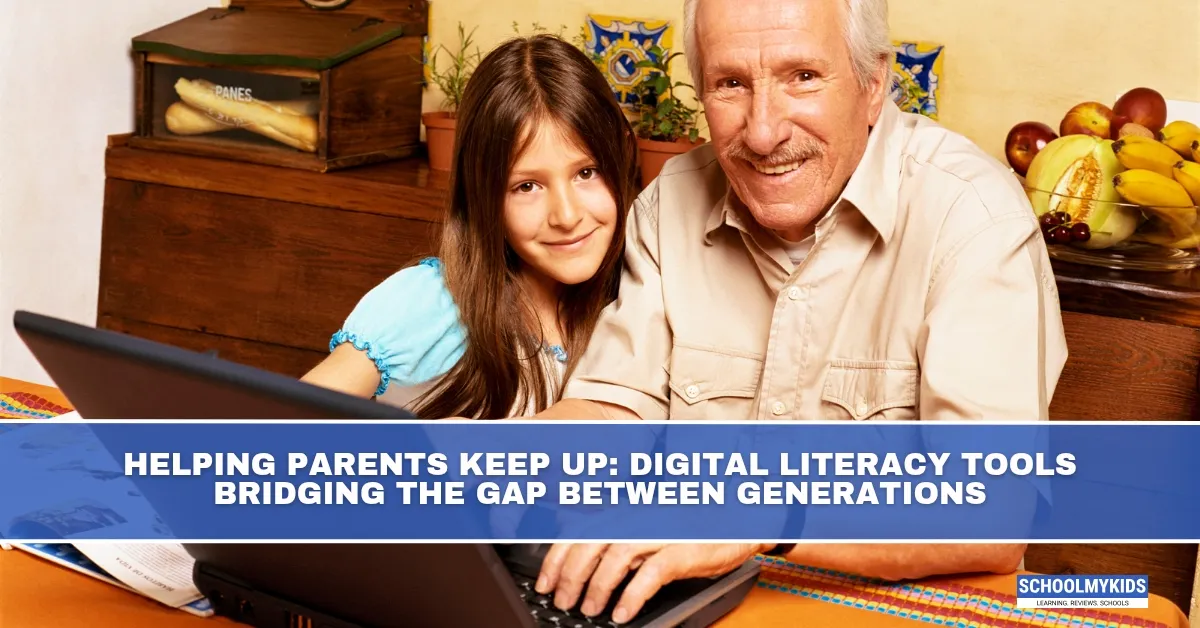Education has gone digital. Assignments arrive on apps, fees get paid online, and students chat with AI tutors. For kids, this is normal. For parents, it’s a maze of logins, jargon, and fear of being left behind. The danger? Parents lose the ability to guide their children’s education, widening the generational gap. Digital literacy tools are now essential bridges.
The Parent-Tech Struggle
- Suspicion of Screens: Many parents can’t tell whether their child is “studying with AI” or “gaming on AI.”
- Platform Overload: Between Google Classroom, school portals, and WhatsApp groups, even tech-savvy parents get overwhelmed.
- Language Barriers: Most apps are English-first, leaving out parents more comfortable in Hindi, Tamil, or Bengali.
Solutions That Work
- Simplified Dashboards: Tools that show plain-language insights: “Your child studied 6 hours this week, with a 30% improvement in math accuracy.”
- Voice-Based Guides: AI assistants that explain homework platforms in regional languages.
- Workshops: Short training sessions at schools where parents use the tools, instead of just hearing about them.
- Fact-Checking AI: Tools that scan WhatsApp forwards and flag misinformation about exams, health, or careers.
- Joint Learning Platforms: Apps where parents and kids can learn together—say, digital safety lessons or financial literacy modules.
Benefits of Bridging the Gap
- Stronger Support Systems: Kids succeed when parents can actually help with assignments or track progress meaningfully.
- Reduced Fear: When parents understand AI tools, they stop seeing them as threats.
- Healthier Relationships: Instead of fighting about “screen time,” families can discuss how technology is being used productively.
Real-World Examples
- In rural India, NGOs are introducing WhatsApp-based AI tutors with parent dashboards in local languages.
- Some schools in Singapore train parents alongside students when rolling out new AI homework apps.
The Bigger Picture
Digital literacy for parents is not just about helping children with homework. It’s about ensuring families stay connected in an AI-driven society. Without this bridge, children sprint ahead into the future while parents are stuck at the starting line.








Be the first one to comment on this story.